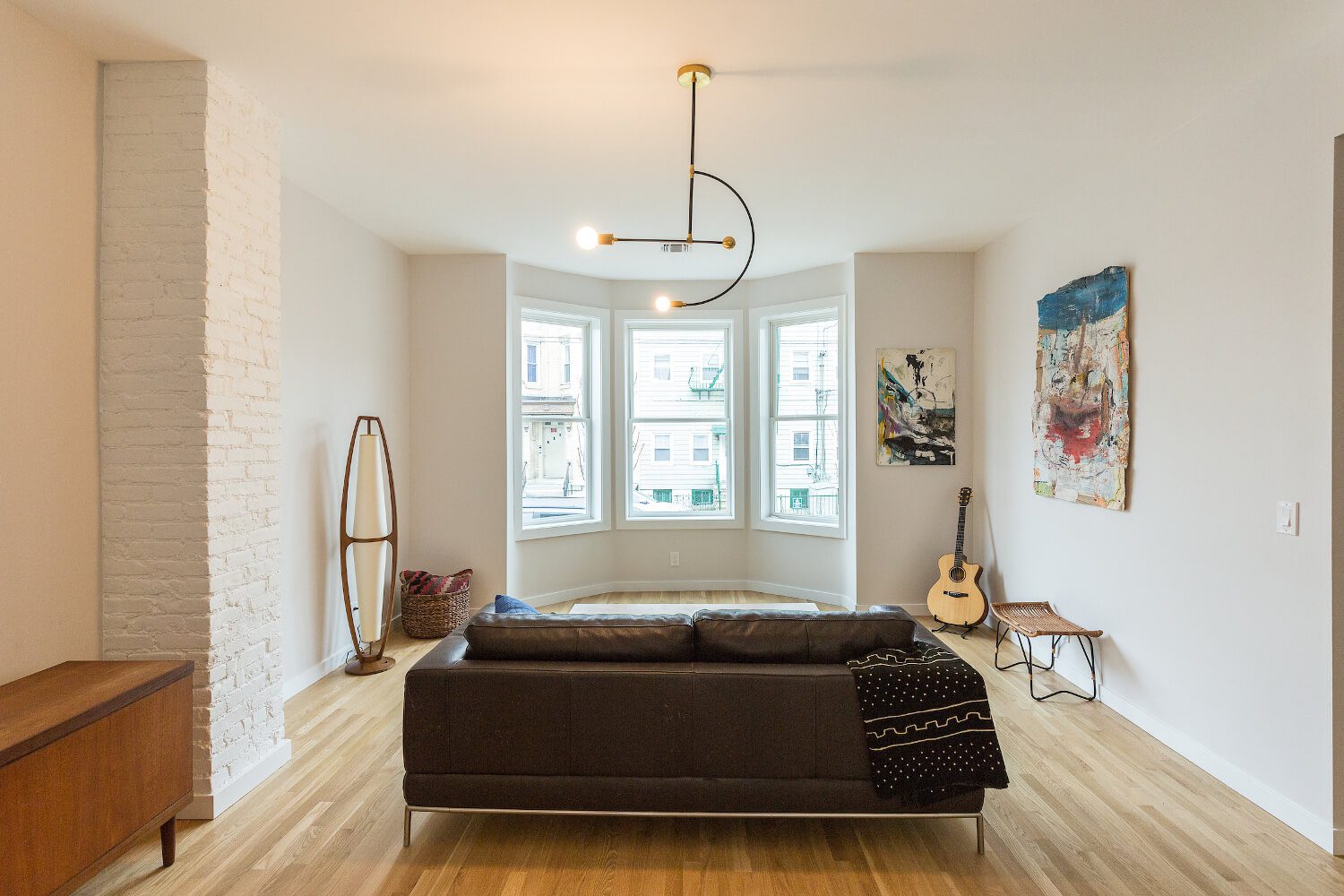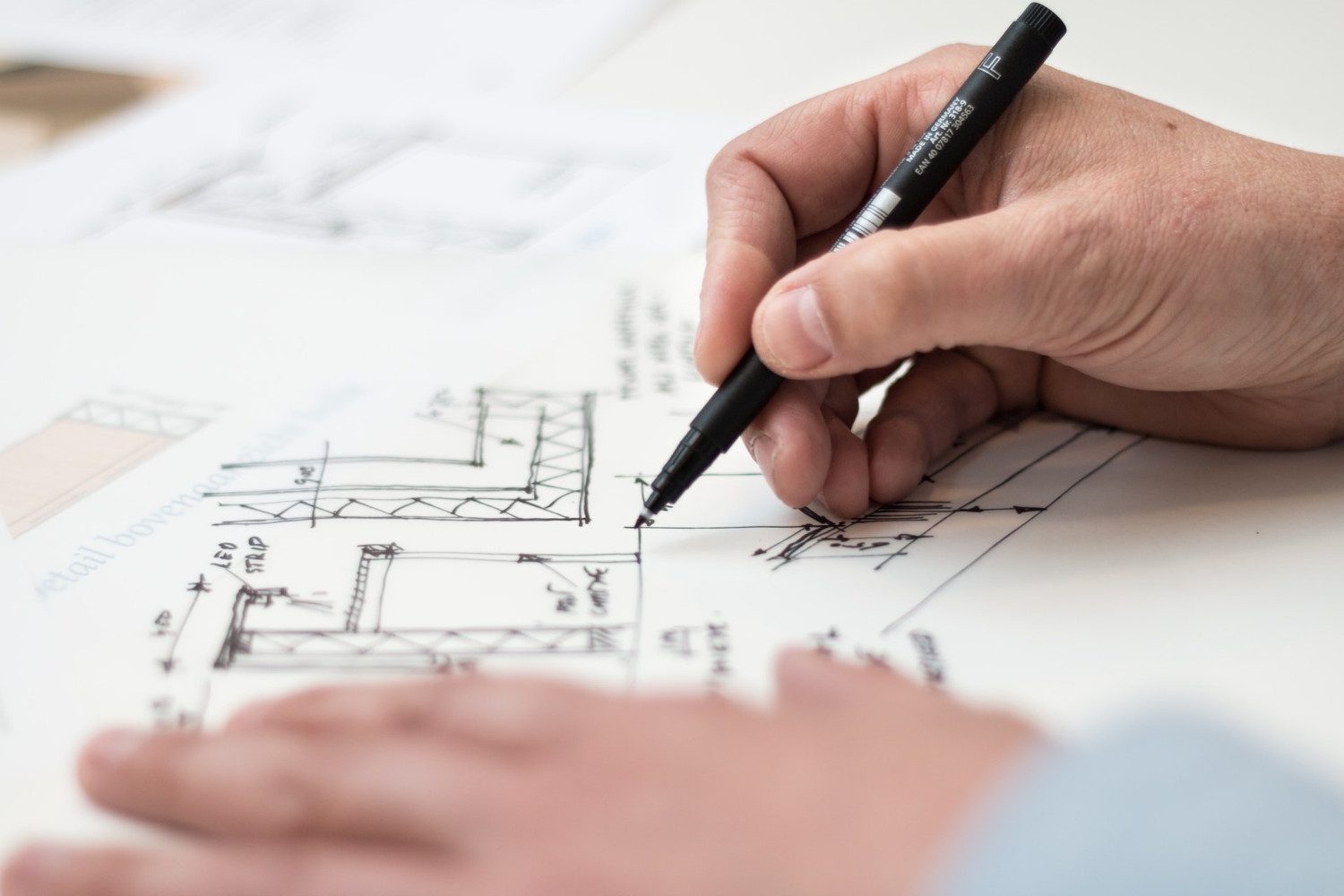You’re considering a renovation of your space…but you’re feeling stuck on the question of style. Maybe an interior designer has asked you a few questions and you felt like she was speaking another language. Maybe you’ve been flipping through magazines but haven’t quite put your finger on what would truly feel like home.
In today’s post we’re going to walk you through ideas for how to develop your personal style and create a clear vision for your new space.
Start with the pieces you love
Look around your existing space with a critical eye. Which pieces were hand-me-downs from your uncle? Which are leftover from college? And which pieces do you absolutely love?
It could be something small, like a figurine, or it could be something large, like a couch or a rug. It could be your bookshelf or that photograph you picked up at an open-air market.
In our project Art of a New Start, we knew by looking at the original kitchen that the final design would have to include elements of character and quirkiness, as well as space to showcase our clients’ collection of dishware.
In My Manhattan View, our clients’ existing table and chairs, plus her bookshelf (organized by color) inspired the design of the whole renovation.
Start with what you love and consider how you can use that piece as an anchor for the redesign of your whole space.
Go with your gut
Rather than picking out perfect photos of a room from a magazine, consider elements (either that you already have, or that you find) that give you a warm, happy feeling.
When Tammy was creating her first interior design project (redoing her bedroom when she was 18), she loved the colors of a small painting from the Caribbean. When she looked at it, it gave her a feeling of home. She used the painting as an inspiration for the colors, patterns and textures for the rest of the room.
Don’t get bogged down in what’s “right” or “stylish” – go with what feels good.
Familiarize yourself with existing styles
Here’s a quick overview (by no means exhaustive!) of common design styles that can help you hone in on the look you’ll love.
Ultramodern
Very functional, with no decorative elements. Geometric/angular shapes, solid colors, reflective surfaces (glass, high gloss paint finishes). Take a look at Brownstone Beauty as an example.
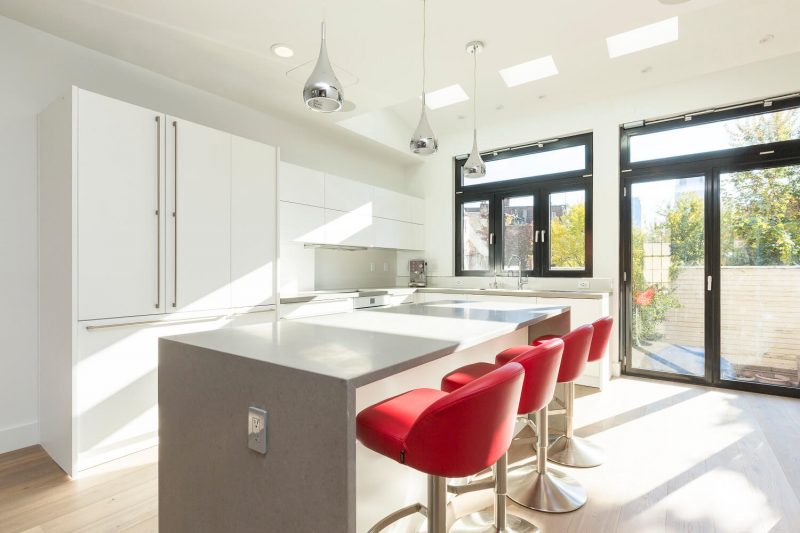
Midcentury modern
Like ultramodern, includes limited ornamentation or decoration. Includes more earthy tones and natural textures. Check out Top to Bottom Transformation.
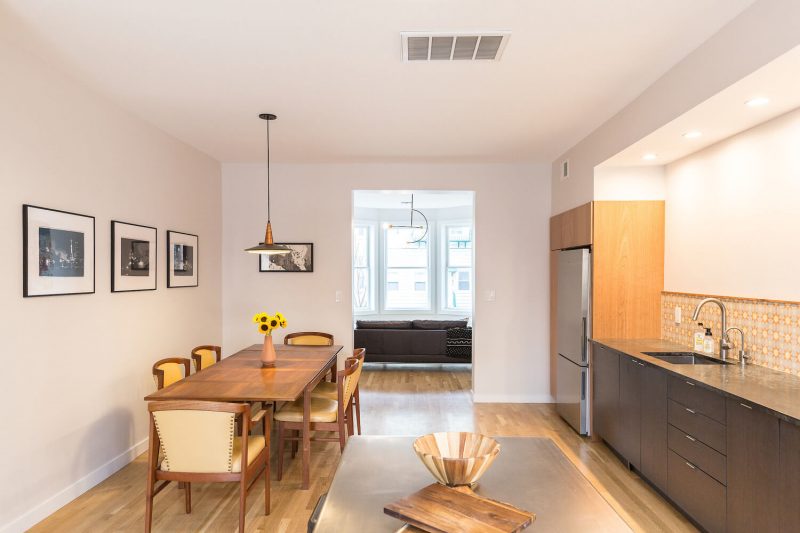
Transitional
Clean lines, homey feel, simple decorative elements. Color tones. Take a look at the kitchen of Taking the Leap as an example of transitional style (the half bath here is more on the rustic end).
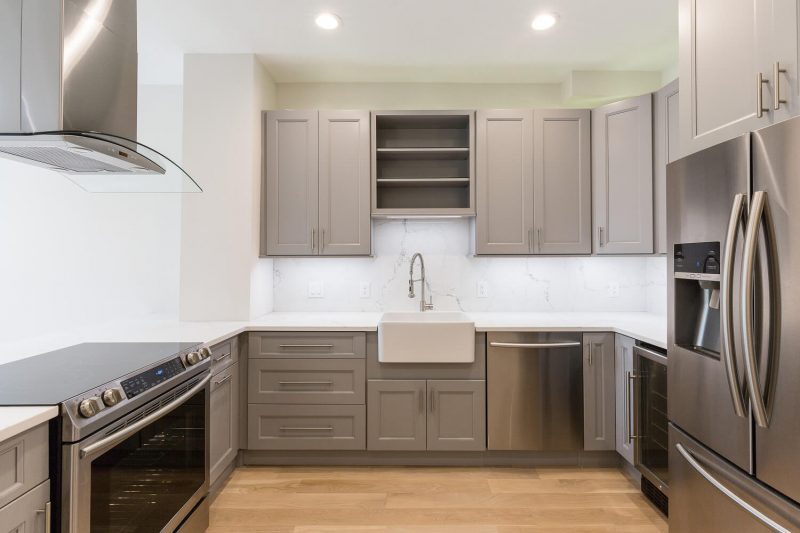
Rustic: Includes natural materials with lots of texture, live edges, knots in the wood. Encompasses “shabby chic” style, with more bright, distressed finishes. A Vision Made Real was shabby chic was some historic elements; Peeling Back the Layers is a rustic/industrial style.
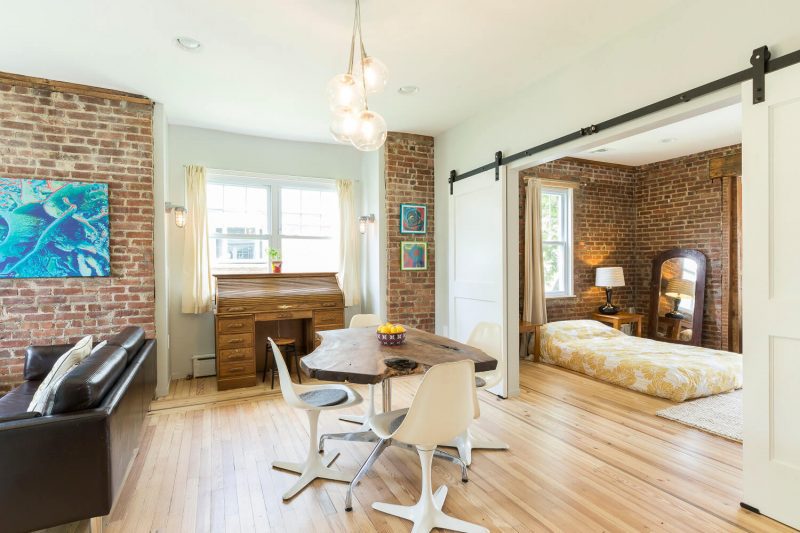
Traditional/Historic: More detail, ornamentation, patterns, with colors or black and white contrast, and the use of high-end materials like marble. Check out History Revitalized to see an example.

Personalize it
There are so many gradations between these different styles and so much opportunity to blend them and make them completely your own. Whatever genre you prefer, there’s always room to add your own touches: which is exactly what it takes to create a space you’ll love living in.
